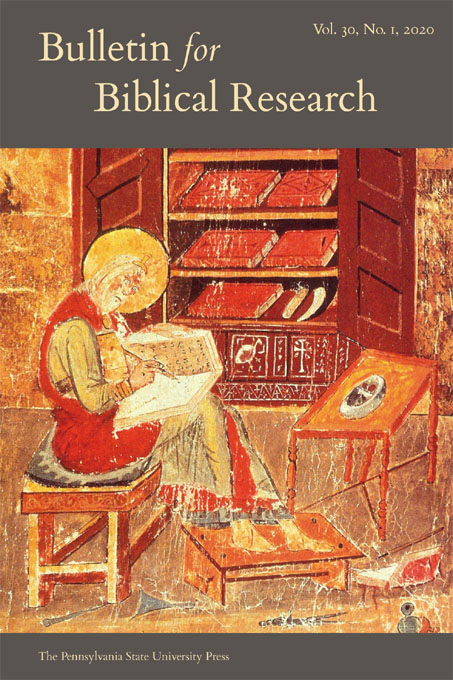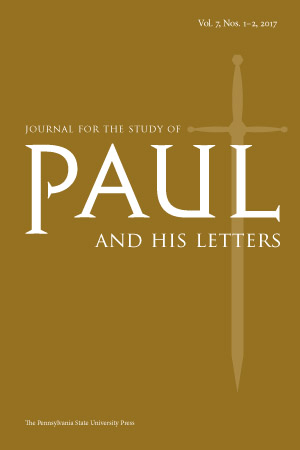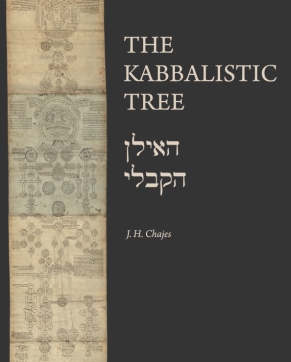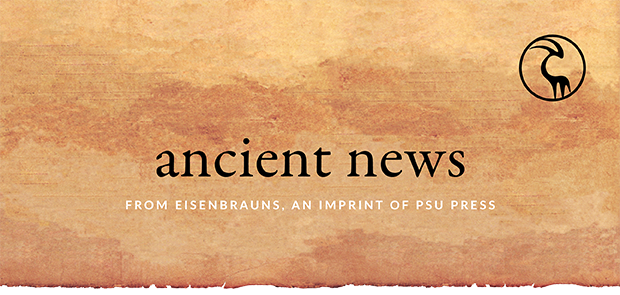
in this issue
general news
Welcome to the December issue of Ancient News!
In case you missed it, our 2022 catalogue is live and available for your perusing pleasure.
In this month’s author feature, Seymour "Sy" Gitin provides an overview of the work being done at the Miqne–Ekron site and his take on the current state of archaeology in the Levant. Scroll down to see what Gitin has to say—and don't forget to check out the latest report from the Miqne–Ekron excavations, Tel-Miqne 10/1.
We have several exciting new releases, and more in press! Sign up here to keep up with all our new publications.
Please note that our offices are closed for winter break until January 3. See you in 2023!
Happy Holidays!
new books
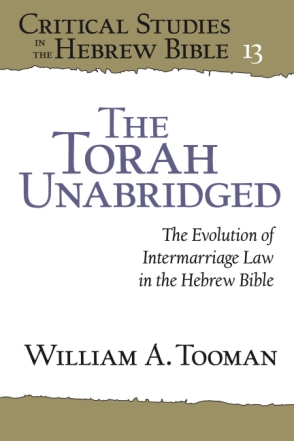
The Torah Unabridged
The Evolution of Intermarriage Law in the Hebrew Bible
William A. Tooman
The Torah Unabridged is a detailed examination of legal reasoning in the Hebrew Bible. Focusing on the exegetical operations by which biblical laws related to intermarriage were applied to circumstances and persons that lie outside the sphere of their explicit content, this book reconstructs the ways in which laws regarding intermarriage evolved, were interpreted, and were applied across time and place.
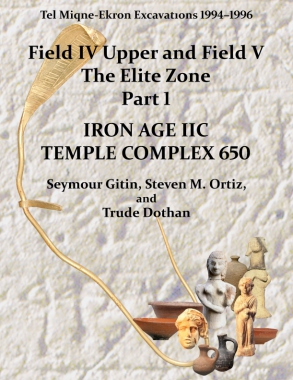
Tel Miqne 10/1
Tel Miqne-Ekron Excavations 1994–1996, Field IV Upper and Field V, The Elite Zone Part 1: Iron Age IIC Temple Complex 650
Seymour (Sy) Gitin, Steven M. Ortiz, and Trude Dothan
Tel Miqne-Ekron is one of the largest and most significant Iron Age archaeological sites in Israel. Based on fourteen seasons of excavations, this volume in the Tel Miqne series documents remarkable finds from the late Iron Age II Philistine temple.
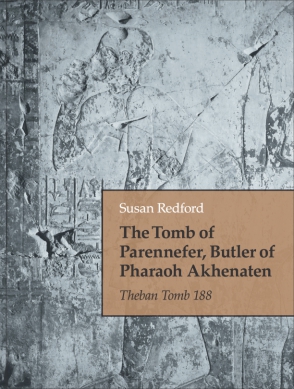
The Tomb of Parennefer, Butler of Pharaoh Akhenaten
The Evolution of Intermarriage Law in the Hebrew Bible
Susan Redford
Theban Tomb 188 is the sole archaeological site in the ancient Theban necropolis securely dated to the reign of the “heretic pharaoh” Akhenaten (1353–1336 BCE). The result of several years of clearance and recording by Dr. Susan Redford, director of the Akhenaten Temple Project’s Theban Tomb Survey, this richly illustrated book provides a detailed description of the remaining wall scenes and texts of this historically important ancient monument.
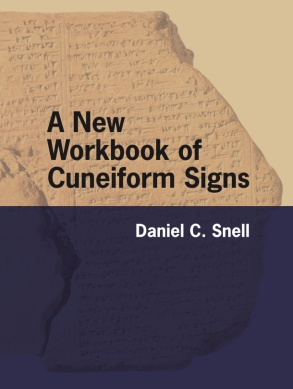
A New Workbook of Cuneiform Signs
Daniel C. Snell
In press!
Based on Daniel C. Snell’s original workbook and informed by his decades of teaching, this new and improved textbook provides an introductory course in basic cuneiform signs. Using a method of repetition that asks the student to actively produce the signs as well as passively read them, it efficiently teaches more than one hundred basic signs in their Neo-Assyrian forms, all of which have been chosen for their recurrence and usefulness to the student. The workbook includes instructions and drills, frequent quizzes to reinforce retention, and notes that both provide context about the ancient cultures that used cuneiform and introduce modern scholarly conventions.
featured author
Sy Gitin, author of many Eisenbrauns books including the recently published Tel Miqne 10/1, joined us to talk about his most recent publication and the current state of archaeology in the southern Levant.
“One of the reasons for excavating Tel Miqne, the site of biblical Ekron—one of the five Philistine capital cities—was to analyze the relationship between the ceramic assemblages of Philistia and Judah as part of the research project I began with my work on the pottery from Tell Gezer.
“Tel Miqne–Ekron is a joint project of the Albright Institute and the Hebrew University, co-directed with Trude Dothan. The 14 excavation seasons were conducted between 1981 and 1996, and thus far, 10 reports have been published presenting evidence of the occupation phases of Middle Bronze Age IIB Stratum XI, extending through the end of Iron Age IIC Stratum IC.
“The earliest architectural phase is represented by the MB II Stratum XI fortifications that outlined the shape of the site comprised of a 75-acre lower tell and a 10-acre upper tell. In the Late Bronze Age, the Strata X–VIII Canaanite settlement was unfortified, attested only on the upper tell on the Northeast Acropolis. Following its destruction ca. 1176 BCE, it was resettled by the Philistines in Iron Age I Stratum VII in both the upper and the lower tell, ending with the destruction of Stratum IV in the 10th century, possibly by the Egyptian Pharoah Siamun. The Iron Age II occupation, Strata III–I, continued as a Judean/semi-independent state on the upper tell, with the lower tell resettled only in Stratum I at the beginning of the 7th century. Prospering under the influence of the Neo–Assyrian Empire, Stratum I Ekron developed the largest olive oil industry yet uncovered in antiquity, which, together with the entire tell, was destroyed by the campaign of Neo-Babylonian King Nebuchadrezzar in 604 BCE. The major find in the Stratum I elite zone in the lower tell was the Ekron Royal Dedicatory Inscription, which confirms the name of the site as Ekron and represents both in content, language, and script the result of the process of acculturation.
“Philistine occupation in Stratum VII is characterized by locally made Philistine 1 pottery (previously designated Mycenaean IIIC:1), and in the Strata VI–V city, Philistine 2 (Bichrome) pottery with red and black decoration on white slip, followed in Stratum IV with Philistine 3 (debased) pottery and the ceramic tradition of predominantly red-slipped and burnished ware. In the years that followed, Iron Age II material culture, including pottery, reflected the process of acculturation.
“Continuing research involves the preparation of several volumes with the additional Late Bronze and Iron Age evidence from both the upper and lower tell.
“Technology included 14C dating, lead isotope analysis of silver, spectroscopic analysis of metal objects, neutron activation analysis, petrography, petroleum geochemistry analysis of asphalt, chemical and petrological analyses of stone objects, microartifact analysis, and development of a digital comprehensive database for online publication.
“It is hoped that the Tel Miqne–Ekron excavation reports and the myriad of other publications based on the excavations will serve to advance the study of Philistine material culture within the field of the archaeology of the southern Levant.”
new from psu press
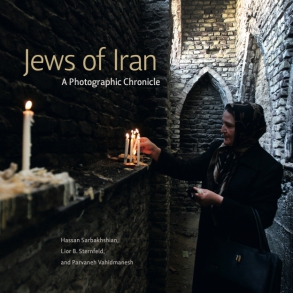
Jews of Iran
A Photographic Chronicle
Hassan Sarbakhshian, Lior B. Sternfeld, and Parvaneh Vahidmanesh
| Control your subscription options |
